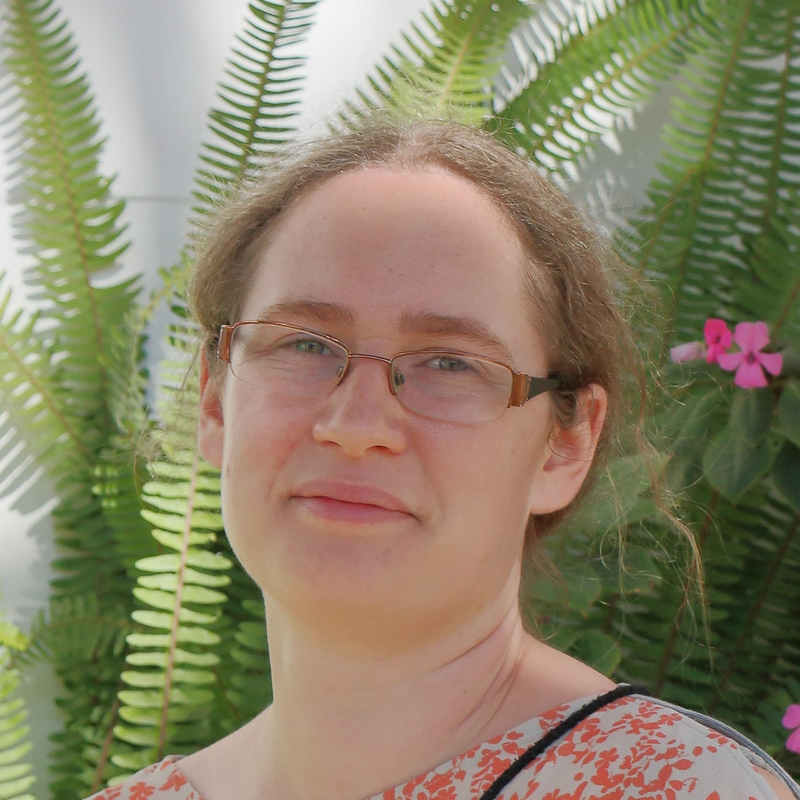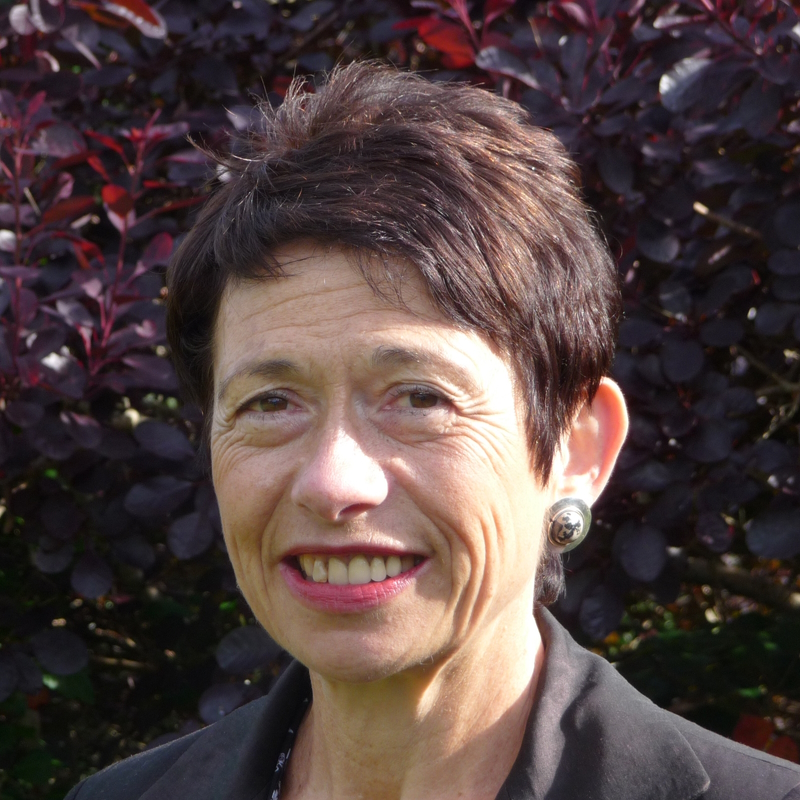Alice Oates explains how the technique known as sonification can enhance astronomers’ ability to analyse large, complex datasets, and can also facilitate access to space sciences for blind and partially sighted people.
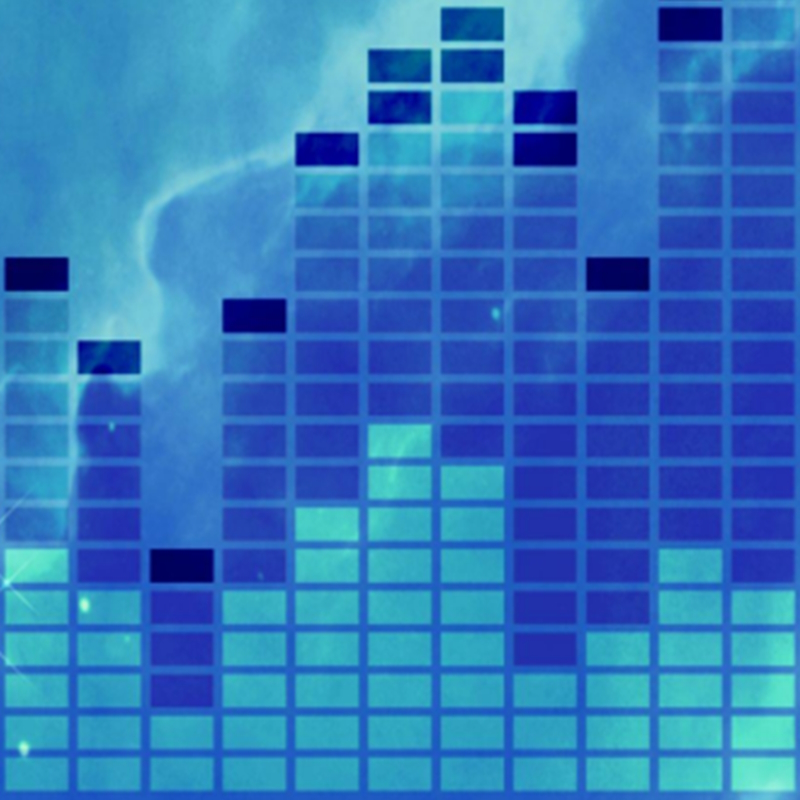
I’m a PhD student doing an AHRC Collaborative Doctoral Project at the University of Cambridge, with the Royal Geographical Society (with IBG) and the Royal Society. My PhD focuses on the historical geographies of Halley station, Antarctica, from 1956 to the present.
The AHRC CDP scheme also enables students to take up professional development opportunities in the form of an internship. Mine gave me the opportunity to co-author a UN Special Report published earlier this year, looking at how turning data into sound can help deliver a more inclusive future for space science. Here’s what I learned:
Of all the senses, vision dominates in space sciences. The ability of spectacular images of space to inspire awe and ignite curiosity is a powerful tool in communicators’ toolboxes, and scientists commonly use images and data visualizations to understand the universe. However, a multi-sensory approach to space science has enormous potential.
The space sector’s reliance on visualisation currently presents a major barrier to blind and partially sighted people interested in or working in space science. The UN Special Report I worked on, by the Space for Persons with Disabilities project, is entitled Sonification: a tool for research, outreach and inclusion in space sciences. It explores how alternative ways of communication and interpreting data can open doorways to inclusion in the sector.
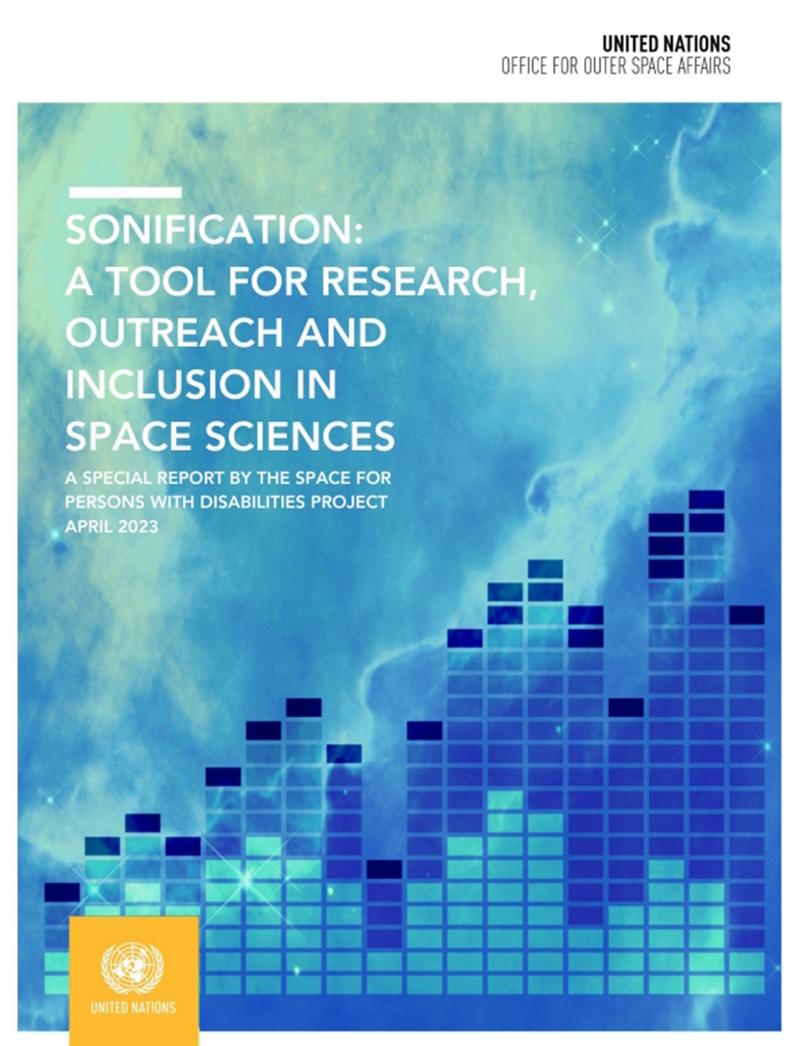 UN Special Report: Sonification: a tool for research, outreach and inclusion in space sciences (PDF download).
UN Special Report: Sonification: a tool for research, outreach and inclusion in space sciences (PDF download).
Sonification, the translation of data into non-voice audio, uses the strengths of human auditory perception to achieve two goals: enhancing our ability to analyse large, complex, multi-dimensional datasets, and facilitating access to space sciences for the blind and partially sighted people.
Sonification is a technique in which non-verbal sound is used to analyse, interpret and communicate data. You can test out sonification with a gamified version of Astronify, a tool developed by the Space Telescope Science Institute (US) to sonify their Mikulski Archive for Space Telescopes (MAST). As another example, you can listen to NASA’s Chandra X-Ray Project sonification of the Cassiopeia A supernova.
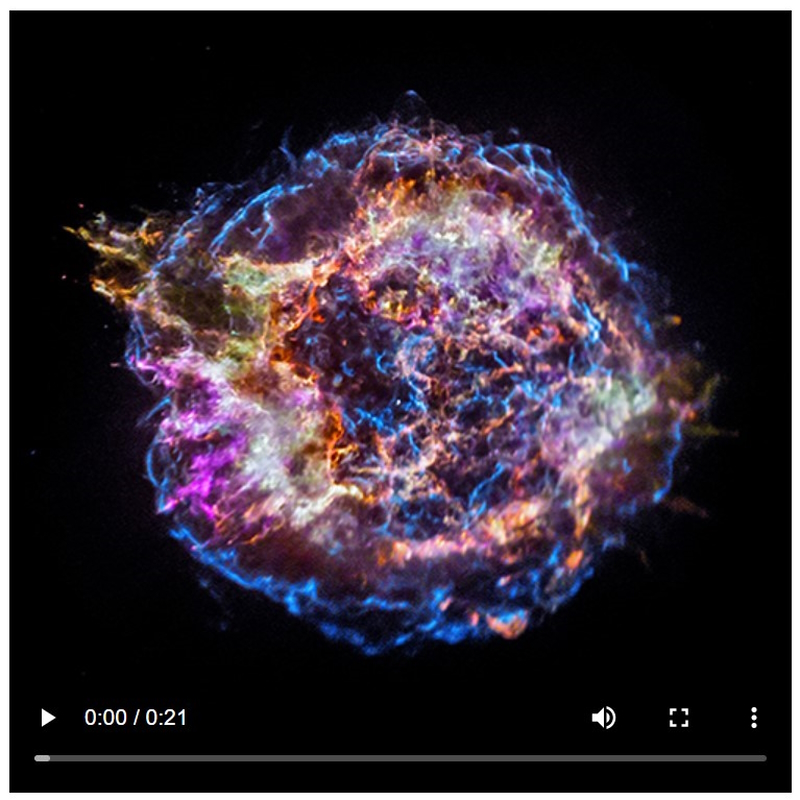 Still of the Cassiopeia A sonification, from the Chandra X-ray Observatory ‘Sounds from Around the Milky Way’ webpage © NASA
Still of the Cassiopeia A sonification, from the Chandra X-ray Observatory ‘Sounds from Around the Milky Way’ webpage © NASA
There are three main applications of the technique: sonification for scientific research, sonification for outreach and education, and sonification for artistic creation/public engagement. Improving accessibility may also be a goal of sonification work.
Wanda Díaz-Merced is a pioneer of applications of sonification to astronomical research and a blind astronomer. She created a sonification tool for use in her own research and discovered that sonification of data could also increase researcher sensitivity to signals indicating the presence of black holes.
Sonification has advantages for all users, including those that are sighted. Astronomers are commonly faced with large, complex, multi-dimensional, noisy datasets for which the mechanics of human sound perception has specific advantages. For example, the ‘cocktail party effect’, referring to the ability to identify and prioritise sounds in a noisy environment, is beneficial to analysis of noisy data where important signals may be obscured when only visualisation is used – as in Wanda Díaz-Merced’s work. Sound is also inherently multidimensional, offers higher temporal resolution than visualisation, and can communicate spatial location.
By adding sonification to the astronomer’s toolkit there is potential to expand our analytical capabilities and improve accessibility. However, there are several outstanding challenges, meaning that, despite the advantages of data sonification, it is not yet in mainstream use within space sciences. Some of these are technical: issues such as standardisation, user-centred design, and the specifics of designing for blind and partially sighted users are key barriers to future development of sonification tools. Building such tools also requires multi-disciplinary expertise, from space science to sound design.
Other barriers are cultural. Despite decades of work by experts in the field, sonification lacks scientific legitimacy within space science. Researchers seeking to use the toolkit face additional challenges in terms of convincing colleagues and funders of the legitimacy of sonification in research. This is particularly problematic for blind and partially sighted researchers who already face barriers to their full participation in space science.
The report provides recommendations to policymakers for supporting further integration of sonification into mainstream space science. Key points include supporting the development of sonification tools for scientific research, integrating the concept into the infrastructure of academia, improving funding for sonification work, and fostering a holistic approach to accessibility.
Dismantling barriers to blind and partially sighted people’s full participation in space science – whether in schools, museums, universities, or as professional scientists – is a fundamental issue. The power of sound to expand our ability to understand the universe – for everyone – makes sonification an exciting step towards achieving a more inclusive future.
From my point of view, it’s wonderful that the AHRC CDP scheme enables students such as myself to take up professional development opportunities like this internship. Spending three months learning from experts in sonification, some of the most dedicated and interesting people I’ve ever met, was a real privilege, particularly because disability inclusion in STEM is such an important issue. I’m delighted I was able to contribute to this report and I hope it supports lots of exciting future developments in sonification.

